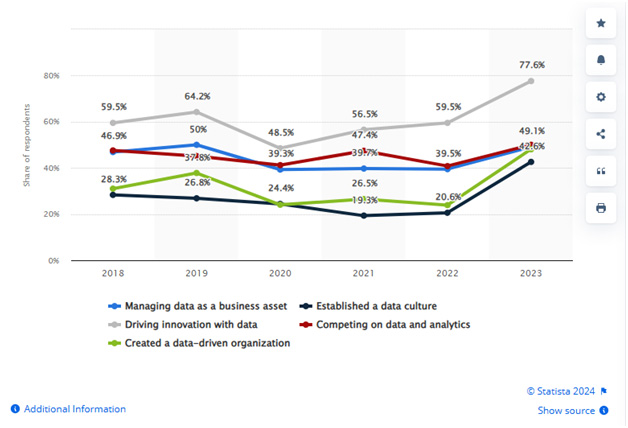One of the biggest challenges IT organizations face today is finding reliable ways to deliver their services to customers.
To that end, these companies are constantly searching for new ways to improve efficiency, reduce costs, and enhance customer satisfaction.
IT service management (ITSM) is the ultimate solution to this issue. It’s an effective way to manage the end-to-end delivery of IT services — both to customers and within the organization.
Many people think IT service management is just another name for basic IT support, but it’s a common misconception. IT support and ITSM are not the same.
While IT support takes care of issues with IT technology, ITSM is more concerned with delivering a reliable service.
In other words, ITSM teams have a broader scope than your regular, run-of-the-mill IT teams. Yes, they oversee all kinds of workplace technology. But their responsibilities don’t end there.
Their primary goal is to optimize and deliver efficient IT services that align with both organizational needs and user expectations.
Let’s take a closer look at how IT service management can help modern organizations spread their wings, making them more efficient, agile, and customer-focused.
What is IT Service Management?
We’ve already briefly touched upon this subject in the intro. Still, it’s worth exploring further.
IT service management is a set of processes and practices used to design, deliver, and manage the way IT services are used within an organization or delivered to customers.
Implementing ITSM into a business operations requires strategic planning and patience. However, the results are well worth the wait.
The payback period will usually start within a couple of months, allowing your organization to reap the benefits of following a structured approach to service management.
For example, setting up an ITSM ticketing system might be just what you need to resolve frustrating issues that hold your company back from reaching the next level.
4 Ways ITSM Transforms Business Operations
Still unconvinced that ITSM is something you should look into? Here are 4 reasons why so many companies swear by it.
1. Streamlined Processes
The first advantage of ITSM that justifies the investment in implementing this strategy is that it improves how well an organization operates.
You might be unaware of this, but your business likely suffers from having either too many or too complex processes. In a fast-paced environment, it’s like asking for trouble.
Being more responsive to change is non-negotiable for companies that want to truly separate themselves from their competitors.
ITMS can help you better define workflows and pinpoint areas that are in need of improvement, leading to faster resolution times.
A neat byproduct of that is improved agility. Since everything is well-organized, you can be much more flexible in how you use different resources and adapt to market changes almost instantly.
2. Strategic Decision-Making
We live in the world of big data. According to Statista, three out of four businesses believe that they drive innovation with data.

This statistic shows how important it is to find dependable methods to manage this data and plan for the future.
ITSM can support strategic decision-making in several meaningful ways.
One of those is by helping you better understand trends in IT issues. As a result of this, you can allocate your resources more efficiently and create a more robust strategy for the upcoming months.
Similarly, since everything is managed by one system, you get to have a bird’s eye view of your company. It’s invaluable when you need to make a critical decision with far-reaching consequences.
3. Reduced Operating Costs
When we talk about doing business, we can’t forgo talking about money.
Cutting costs is one of the most effective ways to bring a company back in the black or find new resources to spend in other areas. ITSM can help you with that task by offering common processes and platforms.
Improved workflow and reduced cost of service delivery are two major ways in which ITSM can make a tangible impact on your business’ finances.
Imagine everyone within your organization knows their responsibilities and follows established standard operating procedures (SOPs). Implementing ITSM can make that dream a reality.
4. Continual Service Improvement (CSI)
Last but not least, investing in adapting ITSM is also an excellent way to make sure your company stays on top of trends and is at the forefront of the industry.
Thanks to ITSM, customers receive consistent, high-quality service while business owners gain valuable insights into what works and what doesn’t.
An effective ITSM framework ensures that your IT services are delivered according to agreed-upon service levels, establishing your company as a reliable partner.
At the same time, you can easily review and refine IT processes to ensure your services evolve with the company’s needs.
The Bottom Line
The ITSM transformation is different for every business. Yet, if done right, it always delivers advantages that outweigh potential challenges.
Remember that it will take some time to see the whole process through. But don’t get discouraged and push through it. On the other side awaits you a future where you can enjoy several organization-level benefits, such as reduced operating costs and better decision-making. If you want to turn your entrepreneurial dreams into reality, register your business with Kanakkupillai’s expert guidance.
Begin your journey today!
Also read: Essential Skills for Excelling in a Managerial Position







